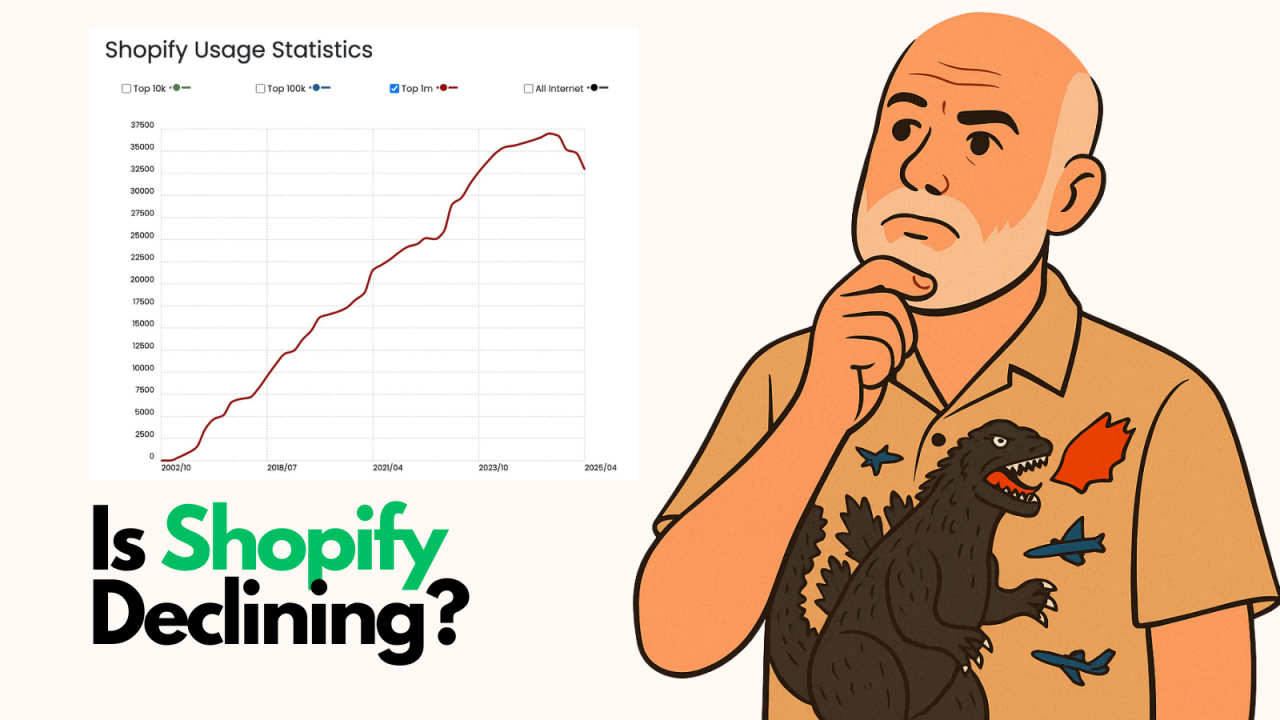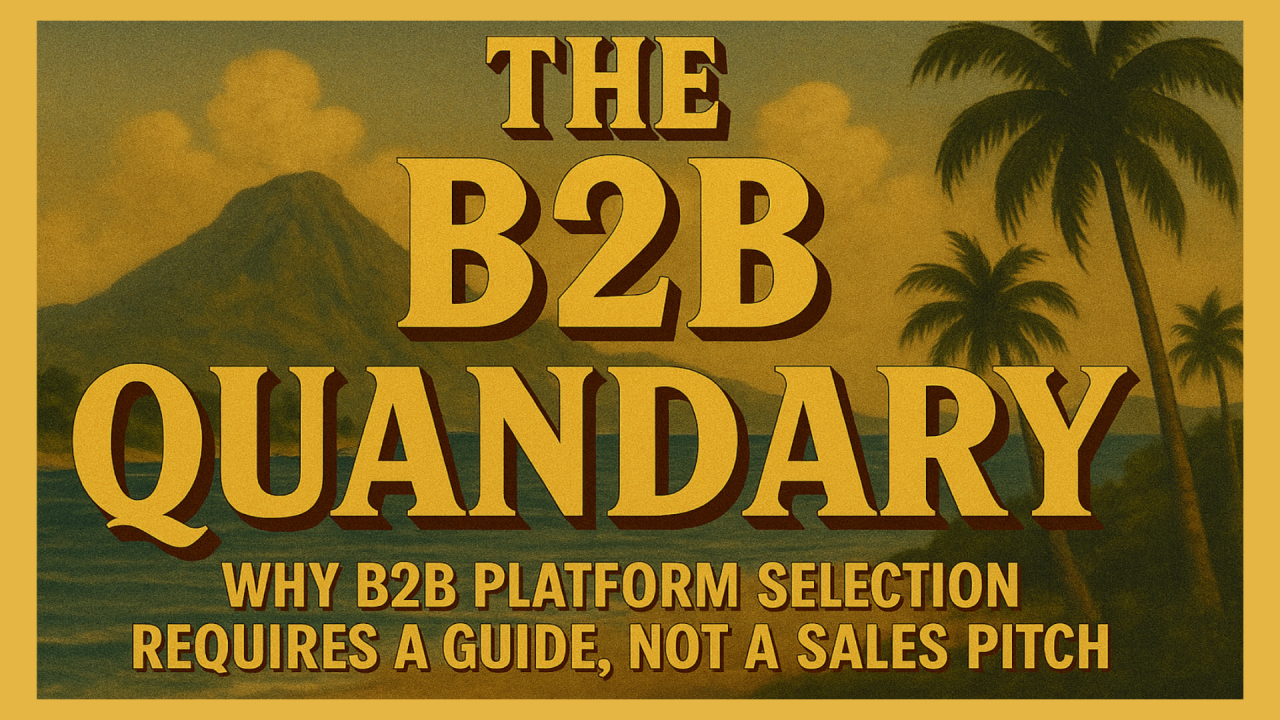
Crafting compelling blog content that captivates readers and boosts search engine rankings is a top priority. One powerful technique to achieve this is by incorporating "What Is" statements in your blog posts. These concise, informative introductions provide a clear overview of the topic at hand, setting the stage for an engaging and SEO-friendly piece of content. Let's explore how "What Is" statements can elevate your blog's performance and drive more traffic to your website.
A "What Is" statement is a succinct yet comprehensive description of your blog post's central theme. Its purpose is twofold: to clarify the topic for readers and to help search engines understand the content's relevance. By crafting a well-defined "What Is" statement, you can create blog posts that are informative, memorable, and more likely to rank higher in search results.
To create an effective "What Is" statement, consider including the following elements:
A well-crafted "What Is" statement should be approximately 2-3 sentences long and provide a concise overview of the blog post's content.
Incorporating "What Is" statements into your blog content can significantly boost your website's search engine optimization (SEO) efforts. Here's how:
Google and other search engines use complex algorithms to determine the relevance and quality of a webpage. Including a "What Is" statement that clearly outlines your blog post's topic helps search engines better understand the content's focus. This increased relevance can lead to improved rankings in search results, driving more organic traffic to your site.
A compelling "What Is" statement benefits SEO and engages readers from the outset. You capture your audience's attention and encourage them to continue reading by providing a clear and concise introduction. Engaged readers are likelier to spend more time on your website, explore additional content, and potentially convert into customers.
When readers land on your blog post and are greeted with a well-crafted "What Is" statement, they can quickly determine if the content meets their needs. This clarity reduces the likelihood of visitors bouncing from your site due to irrelevant or unclear content. Lower bounce rates signal to search engines that your content is valuable and relevant, improving your SEO performance.
To create "What Is" statements that captivate readers and boost SEO, consider the following tips:
Here's an example of an effective "What Is" statement:
"What Is" statements are concise, engaging introductions that briefly overview a blog post's topic. Incorporating these statements into your content can improve your website's SEO, engage readers, and drive more traffic.
To maximize the impact of "What Is" statements on your blog's SEO, consider implementing these best practices:
By consistently utilizing "What Is" statements in your blog content, you can create a more engaging and SEO-friendly website that attracts and retains readers.
As you optimize your blog content with "What Is" statements, remember that the key to success is crafting clear, concise, and informative introductions. By providing readers and search engines with a comprehensive overview of your post's topic, you can unlock the potential of your content and drive meaningful results for your website.
FAQs:
How long should a "What Is" statement be?
A: A "What Is" statement should typically be 2-3 sentences long, providing a clear and concise overview of the blog post's content.
Can I use "What Is" statements in my blog post's meta description?
A: Incorporating "What Is" statements into your blog post's meta description can help improve your website's SEO and attract more clicks from search results.
How often should I include "What Is" statements in my blog content?
A: It's best to include a "What Is" statement in every blog post to ensure clarity and improve SEO. However, ensure the statement accurately reflects the content and doesn't feel forced or unnatural.
Ready to take your blog content to the next level? Contact Content Basis today to learn how our expert team can help you craft compelling "What Is" statements that engage readers and boost your website's SEO performance!

Following up on my earlier post about BigCommerce's rebrand announcement, I got my hands on theCleveland...

By Brent W Peterson AI vs Shopify: Is Platform Dominance Ending in 2025?

The B2B OG Reality Check In 1995, I built my first B2B website for my then computer assembly company. It...